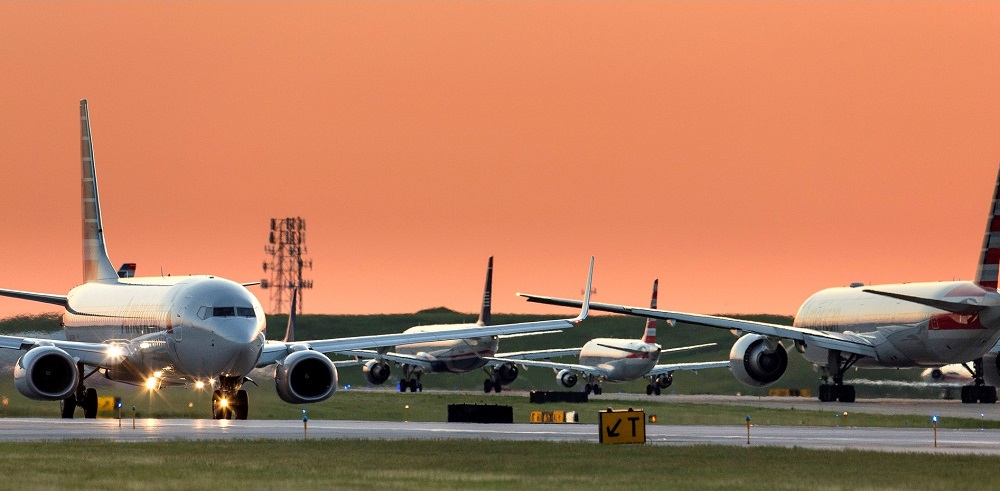Healthy growth and record passenger loads boosted airlines in 2018
07 February, 2019
3 min read


Global passenger traffic growth in 2018 rose by an above-average 6.5 percent compared to the previous year as airlines transported more than 4.3 billion passengers and planes were fuller than ever.
The growth was below the cracking 8 percent pace set in 2017 but exceeded a 6.1 percent rise in capacity to push load factors to a record 81.9 percent.
Momentum slowed in the second half of the year to see demand growth decelerate to an annualized 5 percent, compared to 9 percent in the first half.
December growth came in at 5.3 percent, figures released Thursday by the International Air Transport Association showed.
IATA is expecting another good year in 2019 continues to be worried about global trade tensions.
“ We expect similar, if somewhat moderating performance in 2019,’’ IATA director general Alexandre de Juniac said.
“Nevertheless, slowing growth in the second half of 2018, coupled with concerns over issues including Brexit and US-China trade tensions, are creating some uncertainty to this positive outlook.”
International passenger traffic in 2018 climbed 6.3 percent, down from 8.6 percent the previous year. Capacity rose 5.7 percent and the load factor increased 0.4 percentage points to 81.2 percent.
IATA said all regions recorded increases in traffic, led by the Asia-Pacific (up 7.3 percent), but only North America (up 5 percent) and Africa (up 6.5 percent) did better than the previous year.
The airline trade organization said robust regional economic expansion and an increase in route options for travelers fueled the Asia-Pacific growth and load factors rose slightly to 80.6 percent.
READ Thai AirAsia X to connect Brisbane and Bangkok
North American airlines recorded their fastest international demand growth since 2011 but IATA said this slackened noticeably in the last two quarters.
“This may be owing to increasing concerns over the US economic outlook and trade tensions with China,’’ it said.
Middle East carriers (4.2 percent) saw a second year of moderating demand growth and the load factor slipped 0.7 percentage points 74.7 percent, reflecting policy measures and geopolitical tensions. Traffic actually declined 0.1 percent in December, but IATA said this may reflect data volatility.
Traffic at Latin American airlines rose 6.9 percent, down from 8.8 percent annual growth in 2017 as strikes in Brazil and geopolitical factors came into play.
Global domestic air travel climbed 7 percent in 2018 with all markets showing annual growth, led by double-digit increases in India and China. The load factor increasing marginally to 83 percent.
Australian airlines proved the exception in December, with both traffic and capacity down.
Traffic fell by 1.8 percent in what is traditionally a busy travel period as capacity fell by 0.8 percent to push down the load factor to 81.2 percent.
Get the latest news and updates straight to your inbox
No spam, no hassle, no fuss, just airline news direct to you.
By joining our newsletter, you agree to our Privacy Policy
Find us on social media
Comments
No comments yet, be the first to write one.

